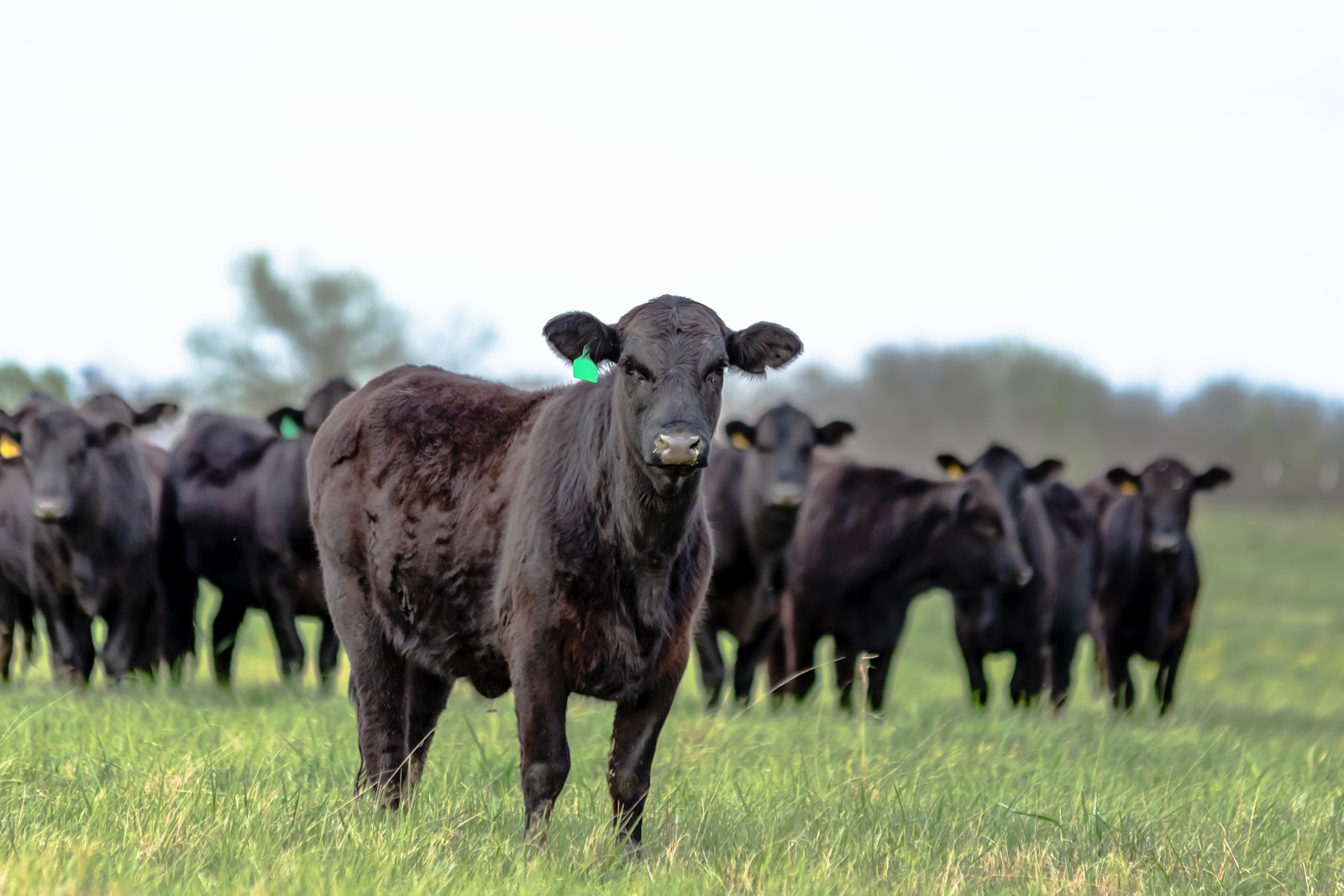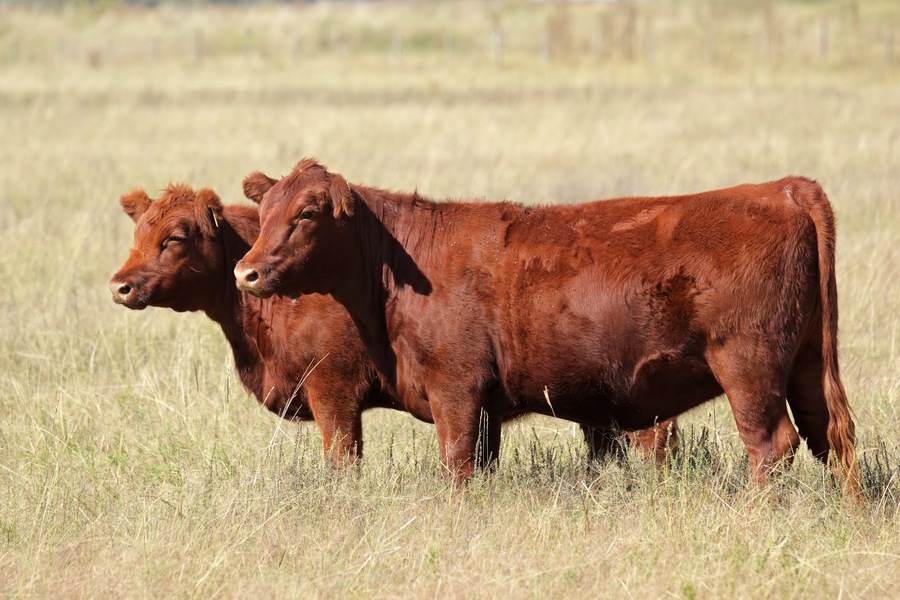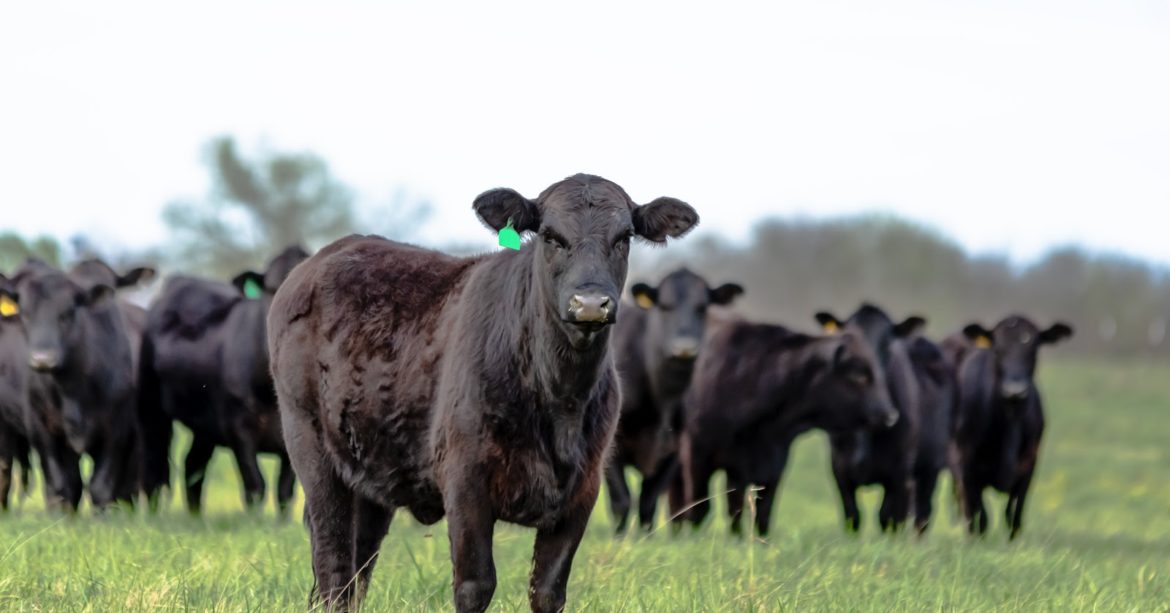The History of the Angus Cattle Breed
The Angus Cattle breed (full name Aberdeen Angus) is a small breed of cattle originating in Scotland. There are two main colours of this breed of cattle; original solid black and red. Black Angus are still the most common internationally.
Another visual feature of the Angus is that it is naturally polled. This means that it does not have the horns you would typically expect to find in the species.
Key points
- Naturally polled breed of cattle originating from north east Scotland
- Red Angus are registered as a separate breed in Australia, Canada, and the United States but not in the United Kingdom
- Hugh Watson is considered to be the founder of the breed. He became the tenant of Keillor in Angus in 1808 and chose the best black, polled animals to develop his herd
- The first black cattle that were similar to those used to develop the Angus breed were imported to Tasmania Australia in the early 19th century
Need a Quote?
RECOMMENDED ARTICLE
Rain, hail or shine, Wagyu thrive – Entegra Signature Structures
Aberdeen Angus cattle have several attributes that make them one of the most popular breeds in the beef industry. They are easy to care for and good-natured. They also produce a high carcass yield and excellent marbled meat.

Aberdeen Angus – early history
The exact ancestry of the Aberdeen Angus breed is uncertain, but it is known that they originated in North East Scotland. It is thought that the breed is a close relative of the curly-coated Galloway, which some people regard as the oldest breed in Britain.
A vital part of Angus cattle history happened early in the 19th century when the breed was developed from local black cattle known as “doddies” and “hummlies”. Black Angus cattle retain their traditional colouring. However, Red Angus cattle also exist, potentially as a result of cross-breeding. These Red Angus are registered as a separate breed in Australia, Canada, and the United States but not in the United Kingdom.
RECOMMENDED ARTICLE
No weather worries for Darwin cattle yards – Entegra Signature Structures

Three families were influential in the development of the cattle, which encompass both colours.
- Hugh Watson is considered to be the founder of the breed. He became the tenant of Keillor in Angus in 1808 and chose the best black, polled animals to develop his herd.
- William McCombie was originally a member of a family of graziers. He took over Tillyfour Farm in Aberdeenshire in 1824 and began developing a herd based on Keillor blood. McCombie produced excellent cattle that he showed in England and France.
- Sir George Macpherson-Grant left Oxford in 1861, to take over his family estate at Ballindalloch, on the River Spey. He then spent almost 50 years refining the Angus breed.
Darwin Cattle Yards
The line breeding done by these pioneers established a fantastic beef cattle breed in Angus, Aberdeenshire, Speyside and the Laigh of Moray that spread across the UK and the world. The Herd Book and Society for the Angus breed were also created in the 19th century, in 1862 and 1879, respectively.
History of Angus Cattle in Australia
The first black cattle that were similar to those used to develop the Angus breed were imported to Tasmania Australia in the early 19th century. The eight original cattle were transported to Dennistoun, the property of Captain Patrick Wood. Their genes remain in the Dennistoun Angus herd of today.
Other studs were created in Australia after the arrival of these initial cattle. JC White and FJ White began the Edinglassie Estate, in 1880. They then went their separate ways in 1908. JC White remained at Edinglassie and kept the name of White Bros. FJ White took over Saumarez, Bald Blair and other properties in the same neighbourhood.
The history of Angus beef cattle in South Australia and Western Australia started later than in other states. The first cattle arrived in Western Australia from Scotland in around 1891. The first breeder in South Australia is thought to have been John Lewis of Adelaide in the 1990s.
In 1919, the Angus Society was created in Australia. This event was followed by the publication of the first herd book, in 1922. This book listed 14 members, and the only state not represented was South Australia.
By 2016, the list of Angus breeders in the country had grown to 3,756. In the same year, a record 8,405 Angus bulls were sold at auction and the breed continues to sell impressively at cattle markets and auctions. The demand for the Angus beef breed remains strong. It is increasing each year and will continue to do so, thanks to the impressive genetics improvements that breeders are making.
RELATED ARTICLES
Rain, hail or shine, Wagyu thrive – Entegra Signature Structures
How does weather affect cattle? – Entegra Signature Structures
Anna Creek – The Biggest Cattle Station in Australia – Entegra Signature Structures
https://www.entegra.com.au/the-largest-feedlot-in-australia/
https://www.entegra.com.au/the-biggest-feedlot-operators-in-texas/
https://www.entegra.com.au/australias-most-expensive-bull-at-auction/
How Robotics are Being Used in Cattle Feedlots – Entegra Signature Structures
Managing cow heat stress to cut production losses – Entegra Signature Structures
Milking cows in the heat – Entegra Signature Structures
https://www.britannica.com/animal/Angus-breed-of-cattle
https://www.thecattlesite.com/breeds/beef/7/aberdeen-angus/
https://www.aberdeen-angus.co.uk/the-society/
https://www.angusaustralia.com.au/about/our-cattle/history-of-angus/
Australian Technology

